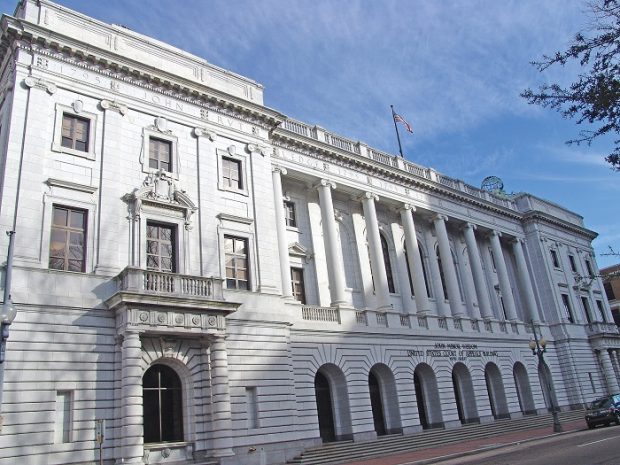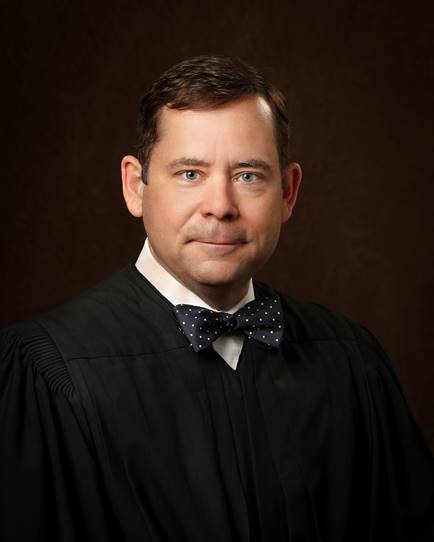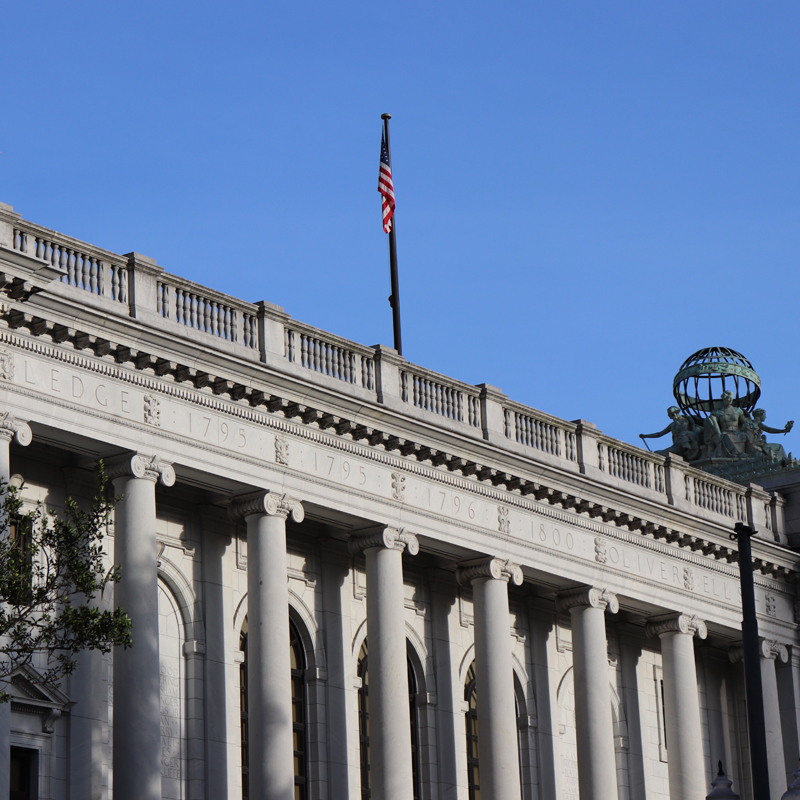

Bush nominee, in allowing the Texas abortion law to remain in effect. Judge Ho, a former Cornyn aide and Justice Clarence Thomas clerk, was joined by Judge Catharina Haynes, a George W. Trump filled the vacancies with two strong conservatives, James Ho and Don Willett, and, supported by the Senate’s GOP majority, ultimately filled six of the 17 seats. Bush appointee who took senior status in 2012, and Judge Carolyn Dineen King, a Jimmy Carter selectee who did so in 2013. Though Republicans have held the White House for exactly half of the ensuing 40 years, they named 25 of the circuit’s 32 judges, a combination of good timing and successful delays by Senate Republicans.Īn impasse between President Barack Obama and the two Texas GOP senators, John Cornyn and Ted Cruz, kept Obama from filling vacancies after the retirements of Judge Emilio Garza, a George H.W.

Louisiana and Mississippi stayed with Texas in the 5th Circuit while Florida, Alabama and Georgia moved to the new 11th Circuit. Harrold Carswell, whose history of supporting segregation and making racist statements later led the Senate to reject his nomination to the Supreme Court.) In 1981, the court was divided. Later, President Richard Nixon named Clark to the 5th Circuit bench, a symbol of the GOP’s changing ideological makeup. Bass noted his professionalism drew respect from the judges, even as they were rejecting his arguments. (Note: their story is told in Jack Bass’ 1981 book, "Unlikely Heroes.")ĭuring the Ole Miss desegregation case, the principal lawyer representing the state of Mississippi’s effort to prevent Meredith’s enrollment was Charles Clark, an impressive 36-year-old Jackson attorney. Truman nominee, Judge Richard Rives of Montgomery, Alabama. Joining the three Republicans in many of these rulings was the court’s sole remaining Harry S. But they also formed the majorities in many cases directing registrars in Southern states to stop practices barring Blacks from voting. The case I covered most closely was the 1962 appeal in which they played the decisive role in overturning a district judge’s initial ruling and ordering the enrollment of a Black Air Force veteran, James Meredith, into the previously all-white University of Mississippi.

Those delegate contests gave Eisenhower a narrow but decisive lead before a parade of switches clinched his nomination.Īs judges, all three opposed delays in the Supreme Court’s 1954 decision (also led by an Eisenhower nominee, Earl Warren) outlawing public school segregation. Brown played a lesser role but was a member of the pro-Eisenhower faction in the Texas delegation and actively helped the World War II commander carry the state.

Wisdom and Tuttle led challenges to credentials that resulted in seating Eisenhower delegates from Louisiana and Georgia over rival pro-Taft groups. Eisenhower appointed five of those six GOP judges, and three played crucial roles in deciding an array of civil rights cases that protected the rights of African Americans, especially to vote and attend previously all-white educational institutions. It was likewise dominated by Republican nominees, six of its nine 1961 judges.īut where today’s GOP nominees are pulling the 5th Circuit to the right, those were pulling it the opposite way, especially on civil rights, the dominant issue before the panel in the decade after the Supreme Court banned public school segregation and Congress passed the first modern era civil rights laws. Some 60 years ago, as a young Associated Press reporter in New Orleans, I covered the 5th Circuit Court of Appeals, whose jurisdiction in those days included three additional Southern states. At the same time, it provided a graphic illustration of the way the Republican Party’s changing ideology has impacted the federal courts - and with that, national policy - especially at the appellate and Supreme Court levels.


 0 kommentar(er)
0 kommentar(er)
